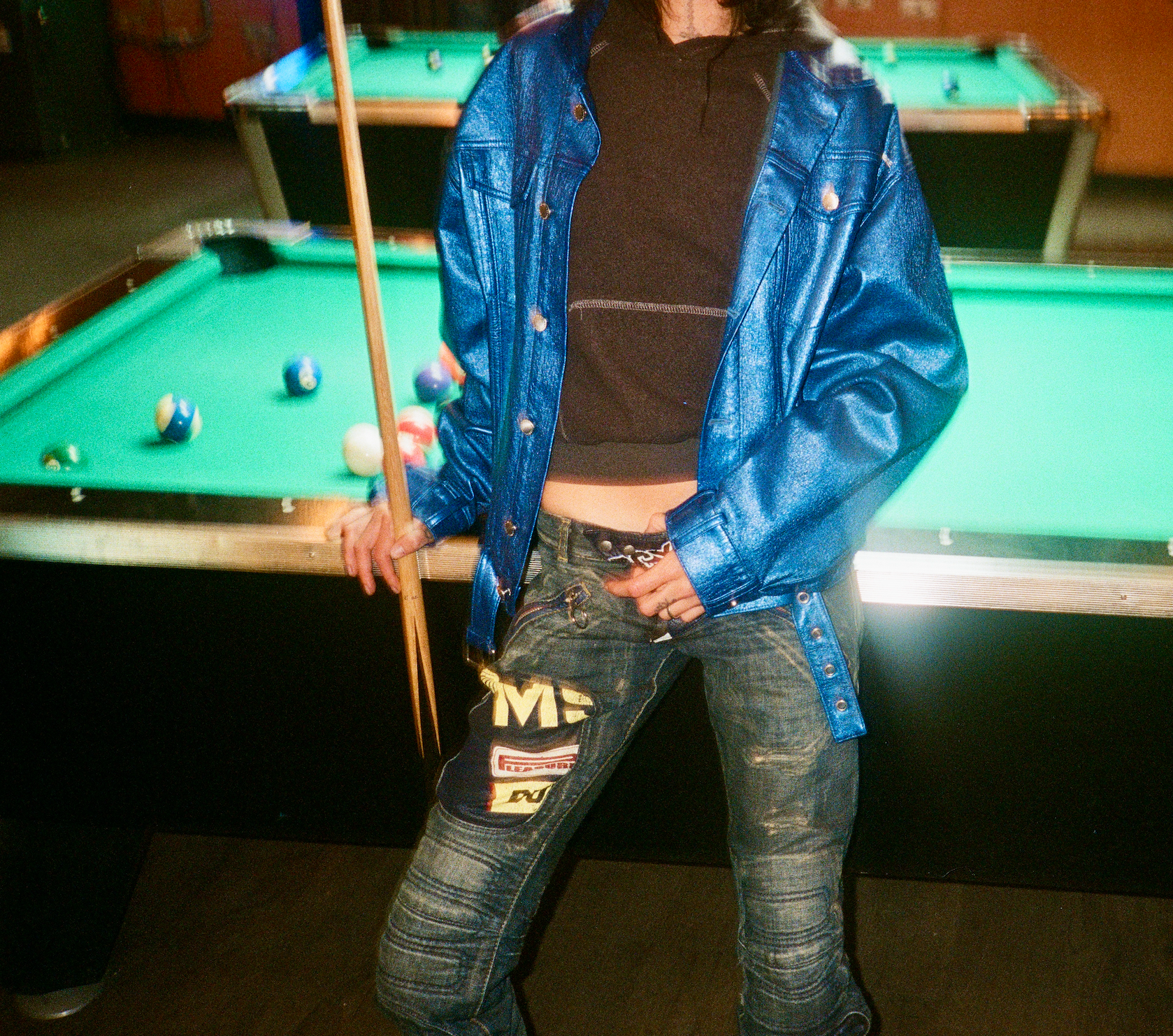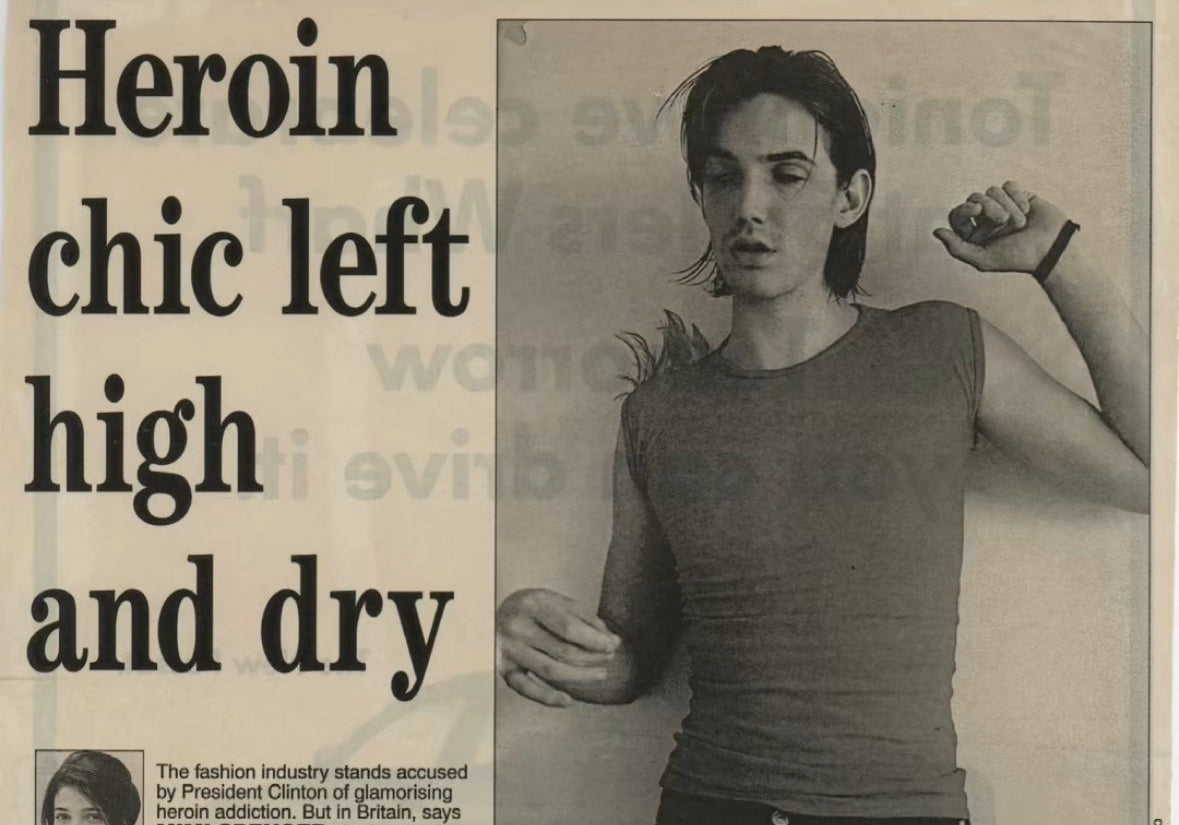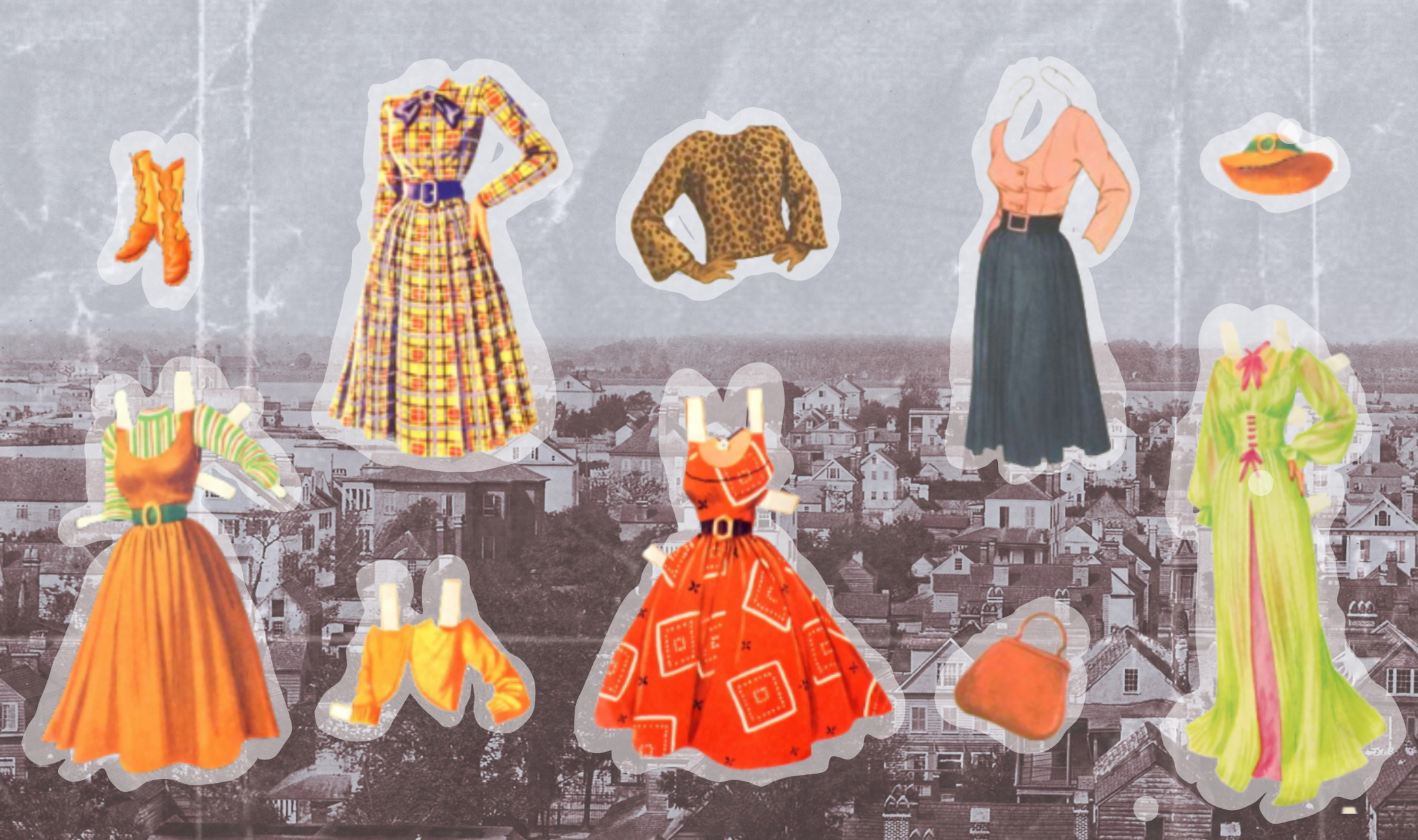Miss Sixty: The Original It-Girl Uniform

By Elizabeth McLaughlin...
Wicky Hassan had a vision: denim that was well-tailored, fashion-forward, and unapologetically feminine. Frustrated with the state of unisex jeans in the early '90s—the way they fit women’s bodies, and how uninspired they felt—he set out to change the game.
Out of that frustration, Miss Sixty was born.
The year was 1991. The defining fashion of the previous decade was all about more: big hair, big jewelry, shoulder pads, and high-waisted "mom" jeans. Think Madonna, Prince, Michael Jackson, Cyndi Lauper. But the excess of the '80s gave way to a new minimalism in the '90s—one defined by heroin chic and grunge.
Kate Moss walked her first runway in 1992 and became the poster girl for a stripped-down, waifish aesthetic. Her infamous quote, “nothing tastes as good as skinny feels,” captured the controversial edge of the decade’s fashion mood.
Meanwhile, pop culture was in a state of flux. The airwaves were filled with everything from Nirvana and Wu-Tang Clan to Destiny’s Child and the Backstreet Boys. Calvin Klein championed sleek slip dresses; Marc Jacobs was fired from Perry Ellis after sending models down the runway in flannel shirts and Doc Martens. Grunge wasn’t just a look—it was a rebellion. Against the polished glamour of the '80s, against gender norms, and against fashion that didn’t feel real.
It was the perfect time for a label like Miss Sixty to emerge.
Wicky Hassan, born in Libya in 1955, didn’t enter the fashion world until 1983, when he opened Energie, a concept store in Rome offering one-of-a-kind garments you couldn’t find anywhere else. His eye for trends and ability to push boundaries quickly set him apart. In 1989, he launched his first clothing collection, and in 1991, he officially founded Miss Sixty under the umbrella of the Sixty Group.
From the start, Miss Sixty stood out. The brand offered denim designed specifically for the female form—low-rise, curve-hugging, and daringly different from anything on the market. At a time when most jeans were still boxy and generic, Miss Sixty celebrated sex appeal and individuality.
The brand quickly gained traction, becoming a staple in the closets of fashion-forward women across Europe and, soon after, the U.S. In the late '90s and early 2000s, Miss Sixty expanded into accessories, footwear, and eyewear. Its boutiques—often decked out in neon lights and futuristic interiors—became destinations for the It-girl set. The label’s designs defined the Y2K era: ultra-low-rise jeans, embellished denim, psychedelic prints, and asymmetrical cuts that were both playful and provocative.
Wicky Hassan passed away in 2011, but his legacy as a visionary remained intact. “A man who was able to express great love for design and for his company as well as take a firm stand against all discriminations,” said Piero Bongiovanni, CEO of the Sixty Group, at the time of his passing.
Today, Miss Sixty is owned by Chinese fashion conglomerate Trendy International Group, which acquired the brand in 2012. Reviews of its current collections are mixed—some longtime fans feel the soul of the original brand has been diluted—but its vintage pieces from the late '90s and early 2000s remain cult favorites, coveted by Gen Z and nostalgic millennials alike.
Let’s take a trip through the various iterations of Miss Sixty over the years...
Some think that the addition of Bella Hadid as a brand ambassador has helped the brand regain relevance in the past few years, while others think their campaigns aren’t able to hit the same mark that they used to in the 2000s.
Miss Sixty is still a great source of denim, but the nostalgia is strong with this one. I’d take a vintage Miss Sixty piece over anything off their current website any day...
Shop our selection of Vintage Miss Sixty pieces here...
- Tags: cult favorites fashion
0 comments




